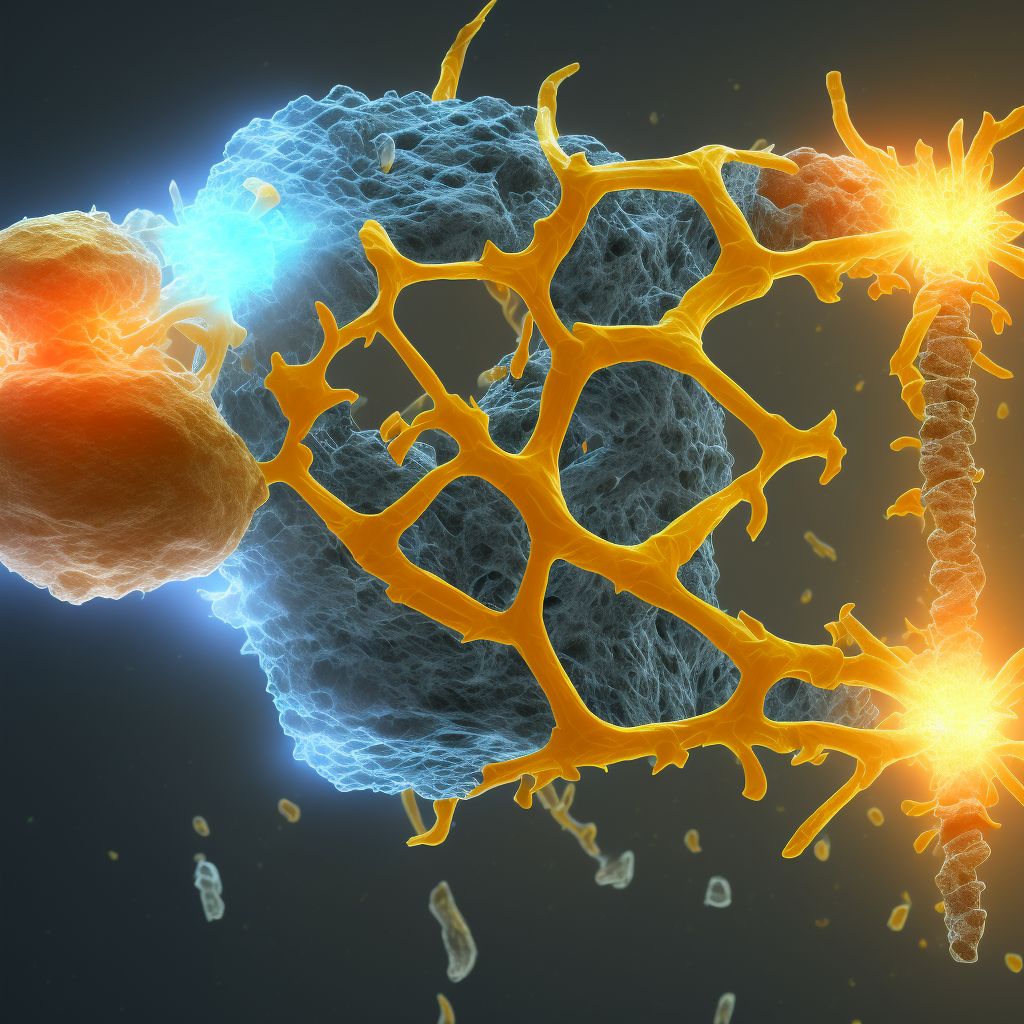
Nondisplaced segmental fracture of shaft of left tibia, subsequent encounter for open fracture type IIIA, IIIB, or IIIC with nonunion Save
ICD-10 code: S82.265N
Disease category: S82.265: Nondisplaced segmental fracture of shaft of left tibia
Nondisplaced Segmental Fracture of Shaft of Left Tibia: Understanding Open Fracture Types IIIA, IIIB, or IIIC with Nonunion
When it comes to bone injuries, the nondisplaced segmental fracture of the shaft of the left tibia is a condition that requires attention. This article aims to provide a brief overview of open fracture types IIIA, IIIB, or IIIC with nonunion, focusing on their characteristics and implications.
Definition:
An open fracture refers to a broken bone that protrudes through the skin, potentially leading to infection or other complications. Open fractures are categorized based on the severity of soft tissue damage, with types IIIA, IIIB, or IIIC being the most severe.
Characteristics:
- Type IIIA: This open fracture involves adequate soft tissue coverage despite the presence of significant contamination or crushing injury.
- Type IIIB: With this fracture, the soft tissue is extensively damaged, leading to inadequate coverage or a significant loss of tissue.
- Type IIIC: This fracture involves vascular injury, potentially leading to compromised blood supply to the affected area.
Nonunion:
Nonunion refers to the failure of a bone to heal after an extended period, typically around six months. In cases of open fractures, nonunion can occur due to several factors, including infection, inadequate blood supply, or poor immobilization.
Implications:
Open fractures of the tibia, especially those with nonunion, can have long-term consequences. These injuries often require surgical intervention to address the nonunion and promote bone healing. Treatment options may include bone grafting, external fixation, or intramedullary nailing.
Conclusion:
In summary, a nondisplaced segmental fracture of the shaft of the left tibia, subsequent encounter for open fracture type IIIA, IIIB, or IIIC with nonunion, is a complex and serious condition. It is essential to seek appropriate medical attention and follow the recommended treatment plan to ensure proper healing and minimize potential complications.
Note: This article does not cover treatment options, as they require individualized medical advice.
Treatment of Nondisplaced segmental fracture of shaft of left tibia, subsequent encounter for open fracture type IIIA, IIIB, or IIIC with nonunion:
Treatment Options for Nondisplaced Segmental Fracture of Shaft of Left Tibia, Subsequent Encounter for Open Fracture Type IIIA, IIIB, or IIIC with Nonunion
Dealing with a nondisplaced segmental fracture of the shaft of the left tibia, subsequent encounter for open fracture type IIIA, IIIB, or IIIC with nonunion can be a challenging situation. However, there are various treatment op...
To see full information about treatment please Sign up or Log in